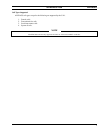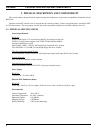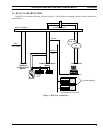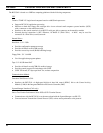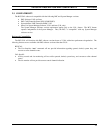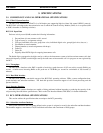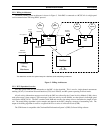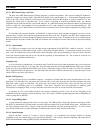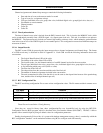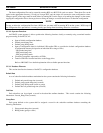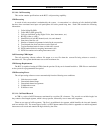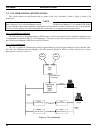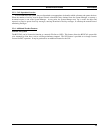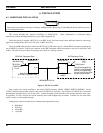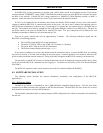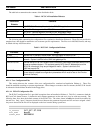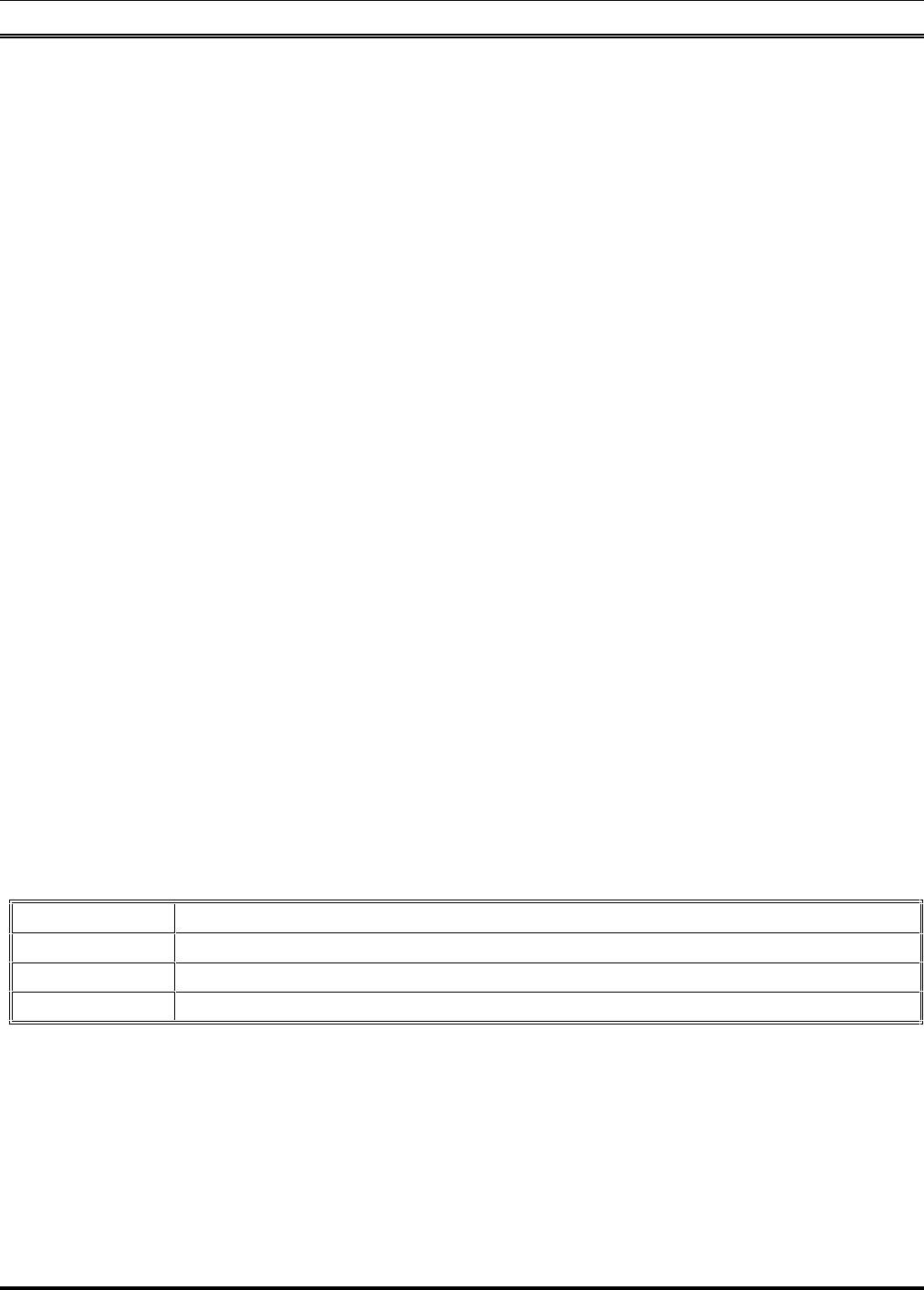
SPECIFICATIONS LBI-38965
15
Channel assignment and channel drop messages contain the following information:
• Date and time of event to the nearest tenth of a second
• Type of event (i.e., assignment or drop)
• Call type (individual clear voice, group clear voice, individual digital voice, group digital voice, data, etc.)
• Site number or console number
• Channel number
• Caller ID
• Callee ID
3.2.3.5. Time Synchronization
The time of channel event value is derived from the IMC's internal clock. This is slaved to the MOM-PC clock, which
can be synchronized externally from a WWVB signal, via a Spectracom clock unit. This unit is available as an option to
the MOM-PC. The Spectracom unit includes an internal high-stability reference clock, which maintains synchronization
even in the event of loss of the WWVB signal for an extended period. This configuration ensures that RAR timestamps are
accurate at all times.
3.2.3.6. Output Records
The BCU creates CDRs by processing the input messages due to channel assignments and channel drops. The format
of a CDR record entry is discussed in detail in Appendix A. Each CDR records the following information about each
conversation:
• The Logical Identification (LID) of the caller
• The identity of the callee (either LID or GID)
• The location (node, site, and channel number) of each RF channel involved in the conversation
• The call type (individual clear voice, group clear voice, individual digital voice, group digital voice, data, etc.)
• A flag indicating which party to bill (caller or callee)
• The start time of the first call
• The elapsed time from the start time until the end of the final call
• The number of channel assignments included in the conversation
• The total accumulated air time (Note that this is not the same as the elapsed time because of the pseudo hang
time, and the effect of multiple channels per call.)
3.2.3.7. BCU Configuration Files
The BCU uses binary configuration files to store various configuration values. The file names and their contents are as
follows:
File Name
Contents
SYSTEM.BIN
Specifies system parameters, default pseudo hang times, and billing modes.
UNIT.BIN
Specifies the pseudo hang time associated with each LID.
GROUP.BIN
Specifies the pseudo hang time and the group billing mode associated with each GID.
These files are located in the 1.2/cnfg directory.
Since they are stored in binary form, these configuration files can be modified only by using the BCU/CAL
Configuration Service (BCS) program, which is described in the User Interface Manual (LBI-38967). The BCU is able to
operate with no terminal input by using all default values for configuration parameters.
Pending development by Ericsson Inc. of a system-wide database management strategy, there is a method by which the
BCU configuration "database" can be maintained without using BCS to configure each unit manually.



